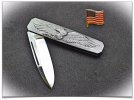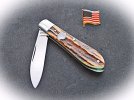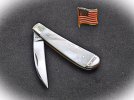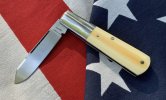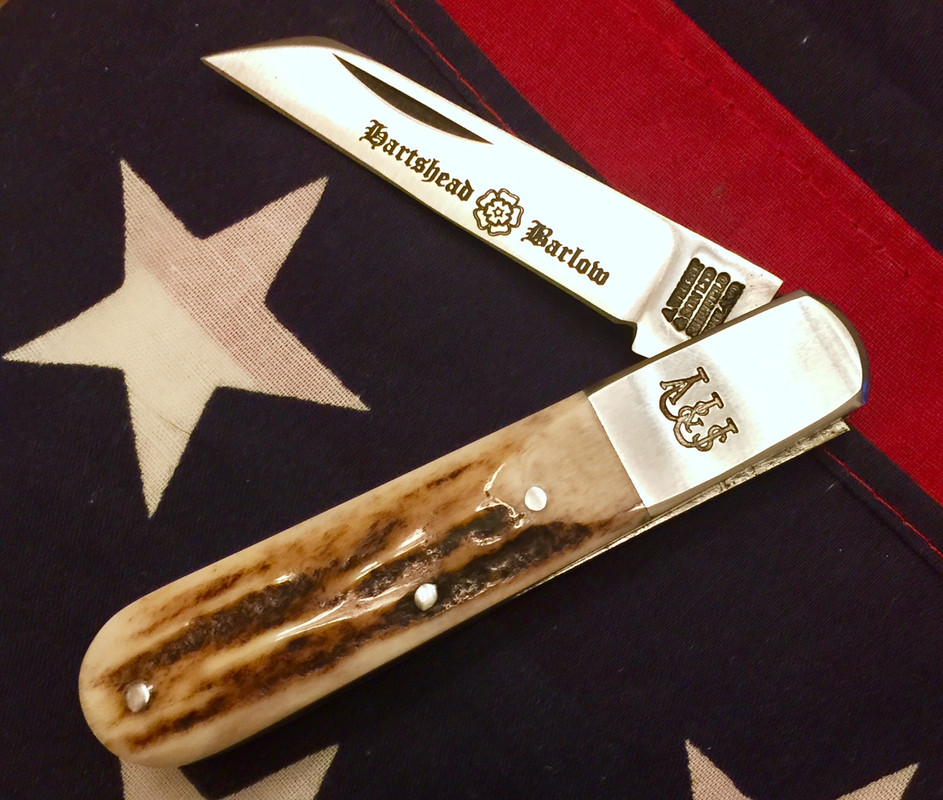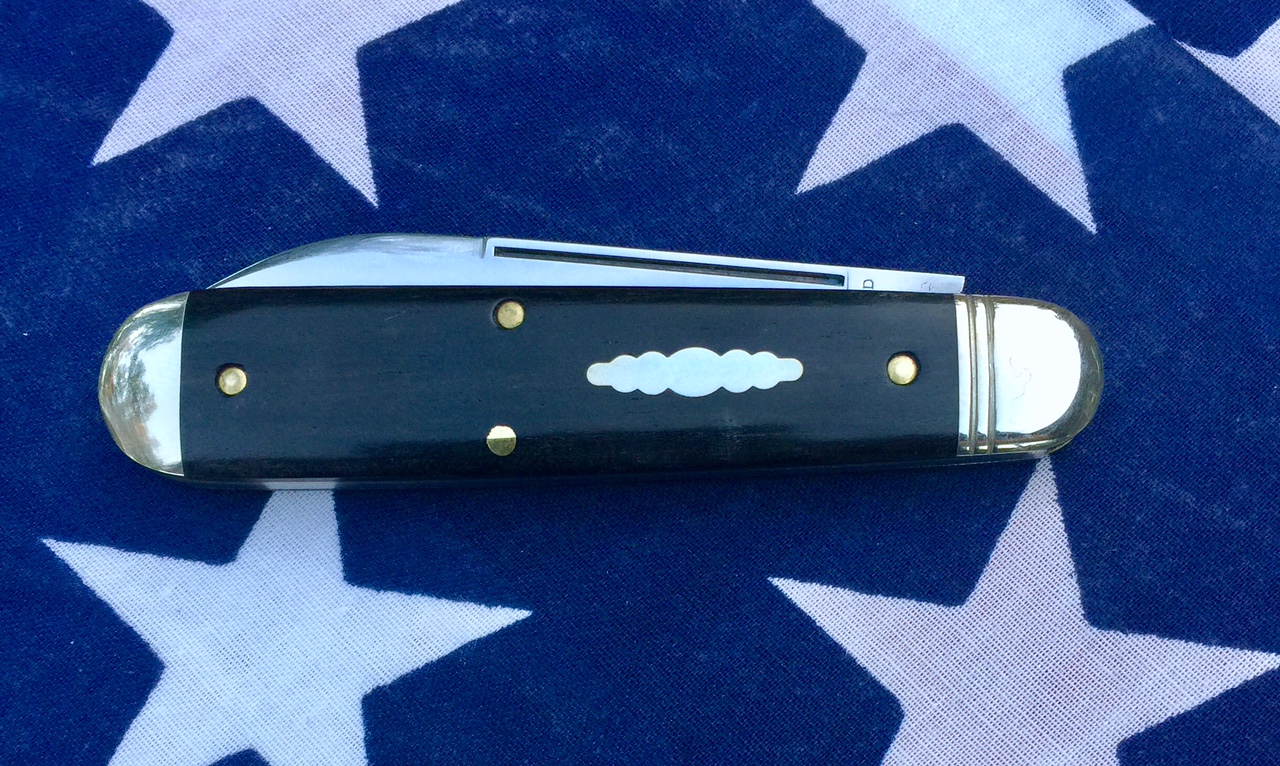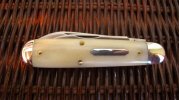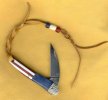Thanks for the link on Surcouf, and the further information, JP. What a fascinating story. Thanks for the wonderful song too. As I think I've mentioned to you before, I collect sea shanties.
Yes, the film adaptation of Master and Commander even takes broad liberties with Patrick O'Brian's original novels.
The movie lifts and compresses events from about five of the Aubrey-Maturin books. In the books, the ship that is presented in the movie as the French privateer Acheron is not French at all, but an American vessel, the USS Norfolk.
Apparently the change was quite a bone of contention between the director and the financiers of the movie, who insisted that having an American ship as the 'villain' of the piece, would be too 'morally confusing' for audiences!
Yes, French corsairs were very successful. Indeed, one of the clauses of the US Naval Act of 1794, which authorised the construction of the six frigates which would become the capital ships of the fledgling US Navy, stated that construction was to cease if peace was made with Algiers, whose pirates had been preying on American merchantmen.
It was only with some difficulty that Washington prompted Congress to authorise the completion of three of the frigates: USS Constitution, USS Constellation and USS United States.
Then after the French monarchy was abolished in 1792, and the American government stopped repaying their large debt to France, French privateers were authorised to seize US shipping. This is apparently what eventually forced the hand of Congress to pay for the completion of USS President, USS Congress and USS Chesapeake.
Fascinating times...




